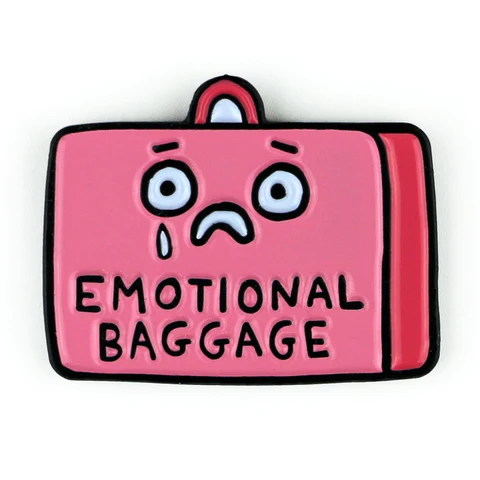Emotions are an integral part of the human experience, influencing our thoughts, behaviors, and overall well-being. However, when these emotions become trapped within us, they can lead to emotional baggage, affecting our mental and physical health. In this article, we will explore the concept of trapped emotions, their impact when left unresolved, the science behind how emotions get trapped, their connection to trauma, where they are stored in the body, the notion of unprocessed emotions, and techniques to release these pent-up feelings.
What is Trapped Emotion
Trapped emotions are unresolved emotional experiences that linger within us, often buried deep within our subconscious. These emotions can stem from various life events, such as childhood trauma, relationship conflicts, or personal setbacks. When these emotions are not released or processed adequately, they can accumulate over time, forming emotional baggage. This emotional weight can manifest as stress, anxiety, depression, and even physical health issues, highlighting the importance of addressing and releasing trapped emotions.
How Do Emotions Get Trapped
The fight, flight, freeze (FFF) response is a primal survival mechanism that our bodies employ in response to perceived threats. When we encounter stressful situations or traumatic events, intense emotions flood our system. In some cases, these emotions do not dissipate naturally but instead become trapped within us. Brad Nelson, a proponent of the Emotion Code, suggests that trapped emotions can create energy imbalances within the body, leading to physical and emotional discomfort.
How Trapped Emotion is Related to Trauma
Trauma is a significant catalyst for trapped emotions. Experiences such as accidents, abuse, or loss can overwhelm our ability to process emotions effectively. Traumatic events may leave us with unresolved feelings like fear, anger, or sadness, which can become trapped within our bodies. These trapped emotions can then contribute to post-traumatic stress disorder (PTSD) or other mental health conditions, underscoring the need for emotional release and healing.
Where Are Trapped Emotions Stored in the Body
The storage of trapped emotions within the body is a complex phenomenon. According to holistic healing practices like Traditional Chinese Medicine and the Emotion Code, emotions can become lodged in specific areas known as energy centers or meridians. For instance, anger may be associated with the liver meridian, while sadness might reside in the lungs. Understanding where emotions are stored can be a crucial step in the release process.
What Are Unprocessed Emotions
Unprocessed emotions refer to feelings that we have not fully acknowledged or expressed. Dr. Lisa A. Olson’s Emotional Flow Theory suggests that suppressing emotions, consciously or unconsciously, can lead to emotional stagnation. These unresolved emotions can contribute to physical ailments and mental health challenges. Olson’s theory underscores the importance of allowing emotions to flow naturally and seeking healthy ways to express them.
How to Release Emotions from the Body
Releasing trapped emotions is essential for our emotional and physical well-being. Various techniques and therapies can help facilitate this process. These may include:
-
Emotional Freedom Techniques (EFT): A form of acupressure, EFT involves tapping on specific meridian points while addressing and releasing trapped emotions.
-

